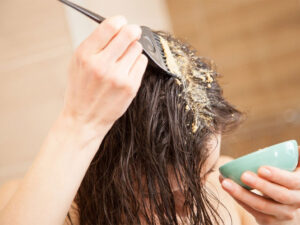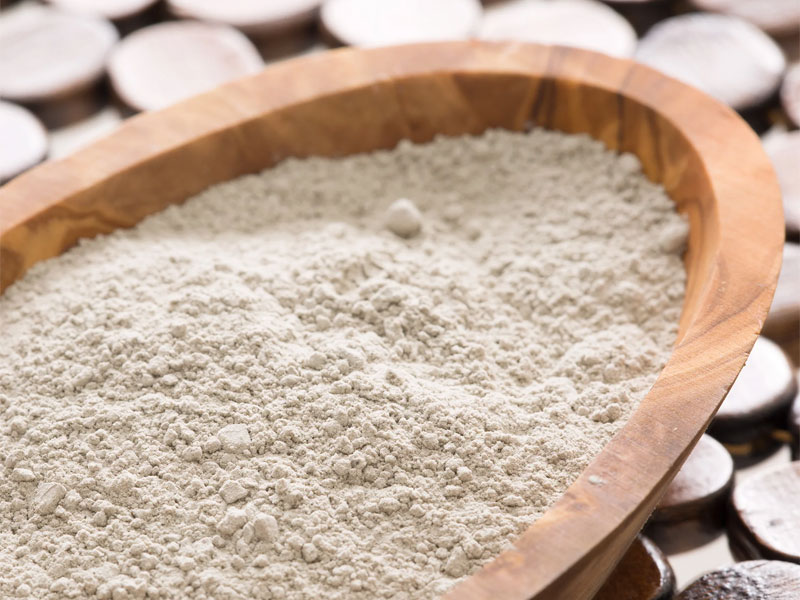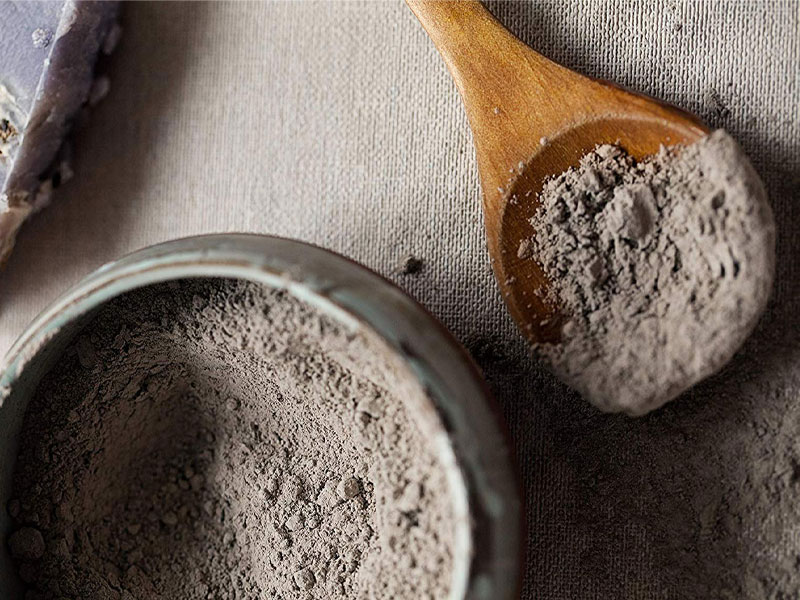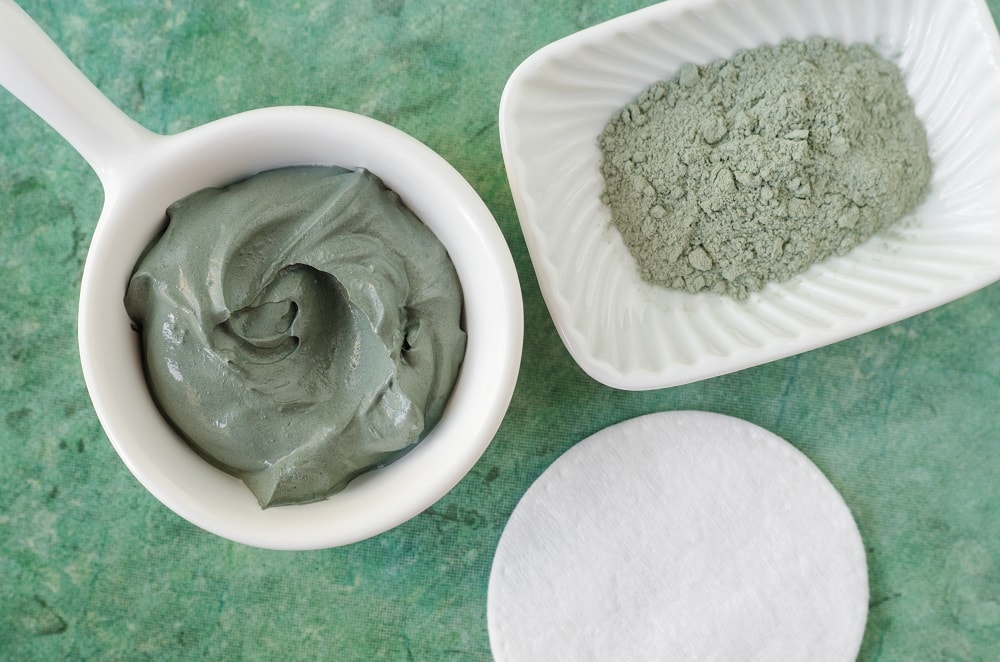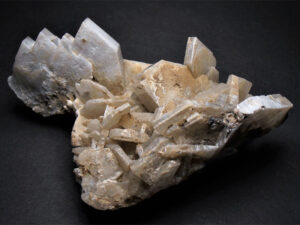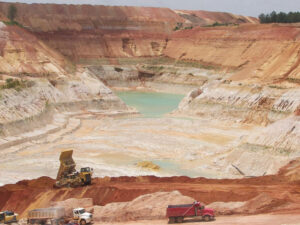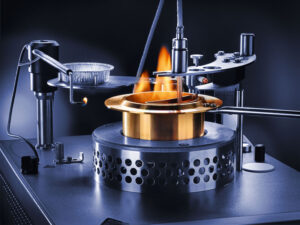Bentonite clay has become a buzzword in the world of hair care, celebrated for its natural origins and myriad benefits. In this article, we’ll explore the nuances of bentonite clay, when and how to use it on your hair, and delve into the broader landscape of natural hair care alternatives.
Introduction
In recent years, the use of bentonite clay in hair care has gained significant traction. Many individuals are turning to this natural remedy to address various hair concerns, from scalp issues to enhancing natural curls. Let’s unravel the mysteries behind bentonite clay and understand when it’s most beneficial for your hair.
Understanding Bentonite Clay
Bentonite clay, derived from volcanic ash, is a unique substance known for its absorbent and detoxifying properties. Composed of volcanic ash, it swells when mixed with water, producing an electric charge that attracts toxins and impurities. This composition is what makes bentonite clay a popular choice for various beauty and wellness applications.
Read More: Kaolin
Benefits of Bentonite Clay for Hair
Detoxification and Removal of Impurities
One of the primary benefits of bentonite clay is its ability to detoxify the hair and scalp. As the clay mask dries, it pulls out impurities, excess oil, and product buildup, leaving the hair feeling refreshed and revitalized.
Enhanced Curl Definition and Moisture Retention
For those with curly hair, bentonite clay can be a game-changer. It helps define curls, reduce frizz, and improve moisture retention, resulting in bouncier and healthier-looking curls.
Addressing Dandruff and Scalp Issues
Bentonite clay’s antimicrobial properties make it effective in addressing dandruff and various scalp issues. Regular use can soothe an irritated scalp and promote overall scalp health.
Types of Bentonite Clay
There are two main types of bentonite clay: sodium bentonite and calcium bentonite. While both offer similar benefits, they differ in their mineral composition. Sodium bentonite is known for its swelling abilities, making it effective for detoxification, while calcium bentonite is recognized for its high calcium content, providing additional nourishment to the hair.
When to Use Bentonite Clay on Hair
Determining the right time to incorporate bentonite clay into your hair care routine depends on various factors. Consider the following:
Clarifying the Optimal Frequency
Bentonite clay is potent, and using it too frequently can lead to excessive dryness. It’s generally recommended to use it once every 1-2 weeks to maintain a balance between detoxification and moisture retention.
Considering Hair Types and Specific Concerns
Individual hair types and concerns play a crucial role in deciding when to use bentonite clay. Those with oily hair might benefit from more frequent use, while individuals with dry hair should use it more sparingly to avoid excessive dryness.
Preparation and Application
Now that we understand when to use bentonite clay, let’s delve into the preparation and application process for an effective hair mask.
Step-by-Step Guide
- Gather Your Ingredients: You’ll need bentonite clay, water, and optional additions like apple cider vinegar or aloe vera gel.
- Mixing the Mask: Combine the clay with liquid components until you achieve a smooth, lump-free consistency.
- Application: Section your hair and apply the mask, focusing on the scalp and roots.
- Leave-In Time: Allow the mask to dry for 15-20 minutes, or as per the product recommendations.
- Rinse Thoroughly: Wash out the clay with lukewarm water, ensuring no residue remains.
Tips for Proper Application
- Customize the mask with ingredients that cater to your specific hair needs.
- Use a plastic or wooden utensil to mix the mask to avoid metal reactions.
- Apply the mask to damp hair for easier distribution.
Common Mistakes to Avoid
While bentonite clay can work wonders for your hair, it’s essential to steer clear of common mistakes that could lead to adverse effects.
Overusing Bentonite Clay and Its Potential Side Effects
Using bentonite clay too frequently can strip the hair of natural oils, leading to dryness and brittleness. It’s crucial to adhere to the recommended usage frequency to maintain a healthy balance.
Not Customizing the Clay Mixture for Individual Hair Needs
Each person’s hair is unique, and a one-size-fits-all approach may not yield optimal results. Experiment with different additions to the clay mask to address your specific concerns.
Real-Life Experiences
To provide a more comprehensive perspective on the efficacy of bentonite clay, let’s explore real-life experiences of individuals who have incorporated it into their hair care routine.
Success Stories
- Emma’s Journey to Defined Curls: Emma, a curly-haired enthusiast, shares her journey of discovering the transformative effects of bentonite clay on her curls. From reduced frizz to enhanced curl definition, Emma’s story is an inspiration for many.
Before-and-After Results
- Lisa’s Battle with Dandruff: Lisa struggled with persistent dandruff until she incorporated bentonite clay into her routine. Witness the remarkable before-and-after results that showcase a healthier scalp and dandruff-free hair.
Read More: Wikipedia
Alternatives to Bentonite Clay
While bentonite clay is a popular choice, there are alternative natural ingredients that can complement or substitute for its effects.
Exploring Other Natural Ingredients
- Rhassoul Clay: Known for its mineral-rich composition, rhassoul clay offers similar detoxifying benefits.
- Amla Powder: Amla, or Indian gooseberry, is celebrated for its nourishing properties, promoting hair health.
Expert Opinions
To provide a well-rounded view, let’s tap into the expertise of renowned hair care professionals.
Quotes and Insights
- Dr. Karen Harris, Dermatologist: “Bentonite clay can be a valuable addition to a hair care routine, but it’s essential to use it judiciously. Consulting with a dermatologist can help tailor its usage to individual needs.”
DIY Recipes with Bentonite Clay
For those who enjoy a hands-on approach to hair care, here are some DIY recipes incorporating bentonite clay.
Recipes for Different Hair Concerns
- Frizz-Control Mask: Bentonite clay, honey, and coconut milk for taming frizz.
- Hydrating Hair Mask: Aloe vera gel, bentonite clay, and argan oil for deep hydration.
- Oily Scalp Solution: Bentonite clay, tea tree oil, and apple cider vinegar for oil control.
Precautions for Usage
Before diving into the world of bentonite clay, it’s crucial to be aware of potential precautions.
Potential Allergic Reactions and Precautions
- Patch Test: Conduct a patch test before applying bentonite clay to the entire scalp to check for any adverse reactions.
- Avoid if Allergic: Individuals with a history of allergic reactions to clay minerals should steer clear of bentonite clay.
Sustainability and Sourcing
As the popularity of bentonite clay rises, it’s essential to consider its environmental impact.
Examining the Environmental Impact
Responsible Sourcing: Choose brands that prioritize responsible sourcing and extraction practices.
Minimal Packaging: Opt for products with minimal packaging to reduce environmental waste.
User Reviews and Ratings
To provide a balanced perspective, let’s explore user reviews from various platforms.
Curating Reviews
- Positive Feedback: Users praise the detoxifying effects and improvement in hair texture.
- Concerns Raised: Some individuals highlight concerns about excessive dryness with frequent use.
Read More: Barite
Conclusion
bentonite clay can be a valuable addition to your hair care routine when used thoughtfully and in moderation. Understanding when and how to use it based on your hair type and concerns is key to unlocking its full potential. Experiment with DIY recipes, learn from real-life experiences, and consult with experts for a personalized approach to achieve the best results for your hair.


